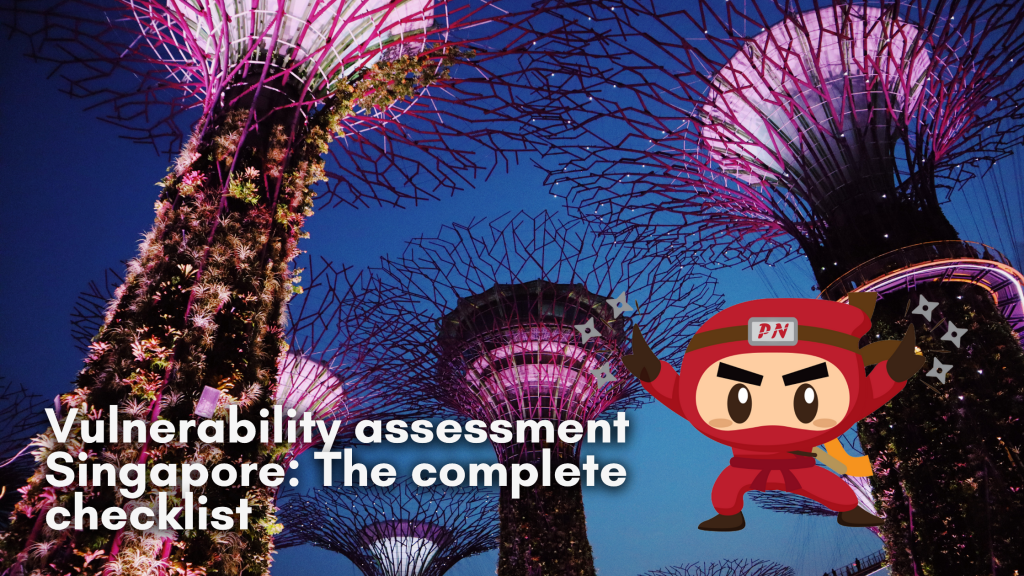
With organizations increasingly relying on information technology to gain a competitive edge, keeping the IT infrastructure secure should be one of the top responsibilities. Leaving security flaws unsolved and accessible for hackers to exploit can result in significant monetary and reputational harm.
Vulnerability assessment is a technique used by Organizations to discover security vulnerabilities in IT systems or assess the application’s security resiliency.
A vulnerability assessment is a process of identifying and classifying security flaws in online applications that a bad actor may possibly exploit. The evaluation is performed manually and supplemented by commercial or open-source scanning programs to ensure maximum coverage.
Without such assessments, there is a risk that IT infrastructure is not sufficiently secured. It is recommended that organizations perform a vulnerability assessment on their IT infrastructure on a quarterly basis and assess their applications on a yearly basis. This critical checklist is your playbook when thoroughly testing a web application for security issues.
Also Read: PDPA compliance for Singapore schools
As you can see, a comprehensive application security program consists of a variety of safety procedures and techniques. Once the project has been scoped out, your team must determine which portions of the program have high-severity vulnerabilities.
So, now that you’ve got a vital vulnerability assessment checklist, how do you get the job started? Begin your next vulnerability assessment with a threat model and lead your team to triumph over security flaws.
Importance of Efficient Access Controls that every Organisation in Singapore should take note of. Enhancing…
Prioritizing Security Measures When Launching a Webpage That Every Organisation in Singapore should take note…
Importance of Regularly Changing Passwords for Enhance Online Security that every Organisation in Singapore should…
Comprehensive Approach to Data Protection and Operational Integrity that every Organsiation in Singapore should know…
Here's the importance of Pre-Launch Testing in IT Systems Implementation for Organisations in Singapore. The…
Understanding Liability in IT Vendor Relationships that every Organisation in Singapore should look at. Understanding…
This website uses cookies.